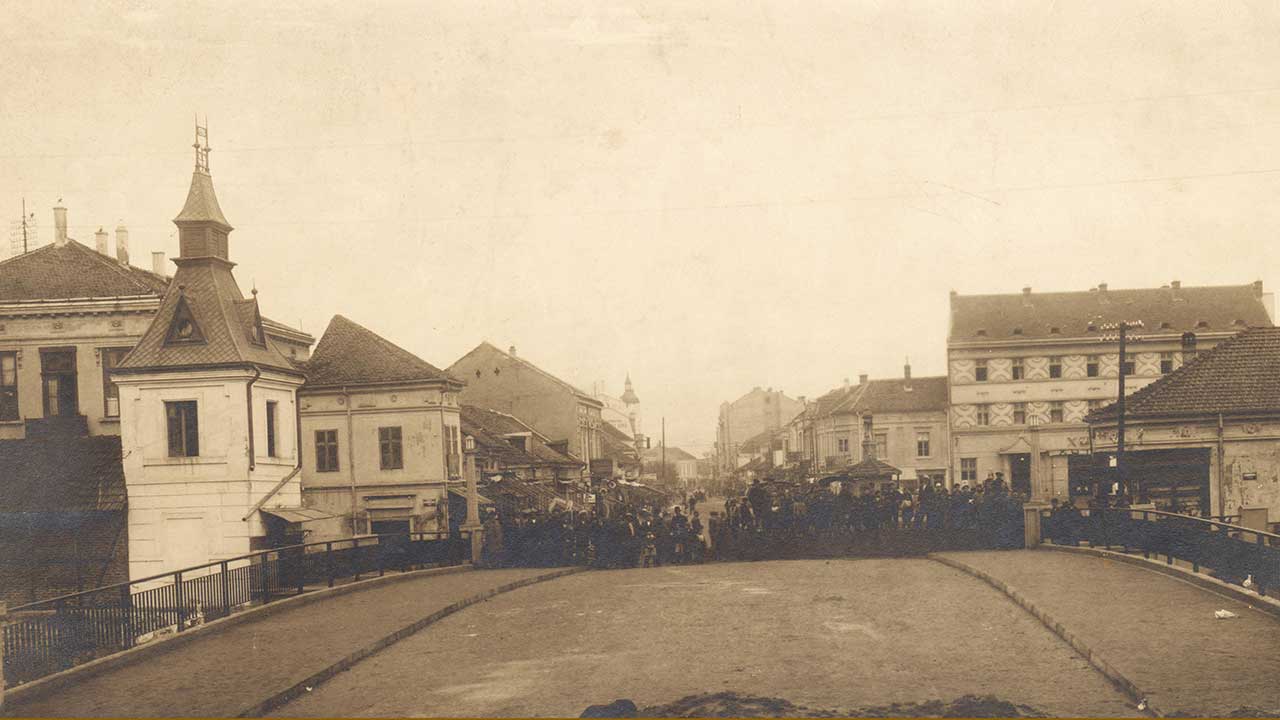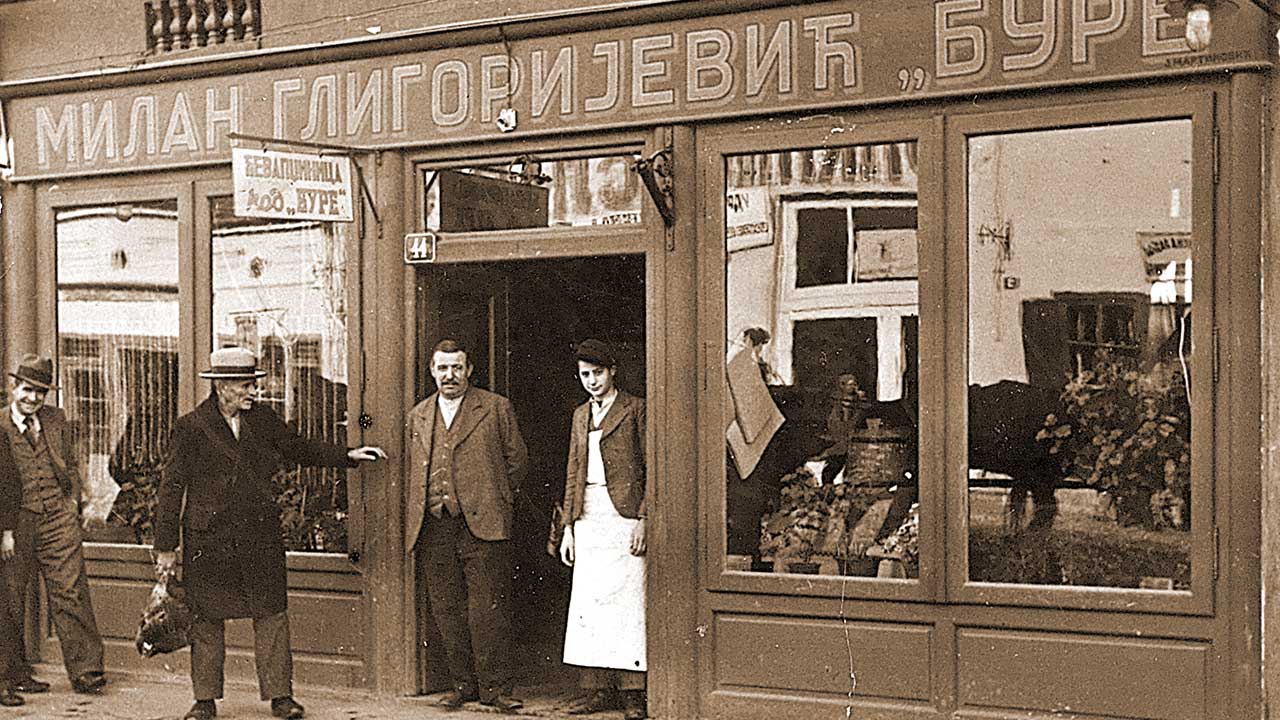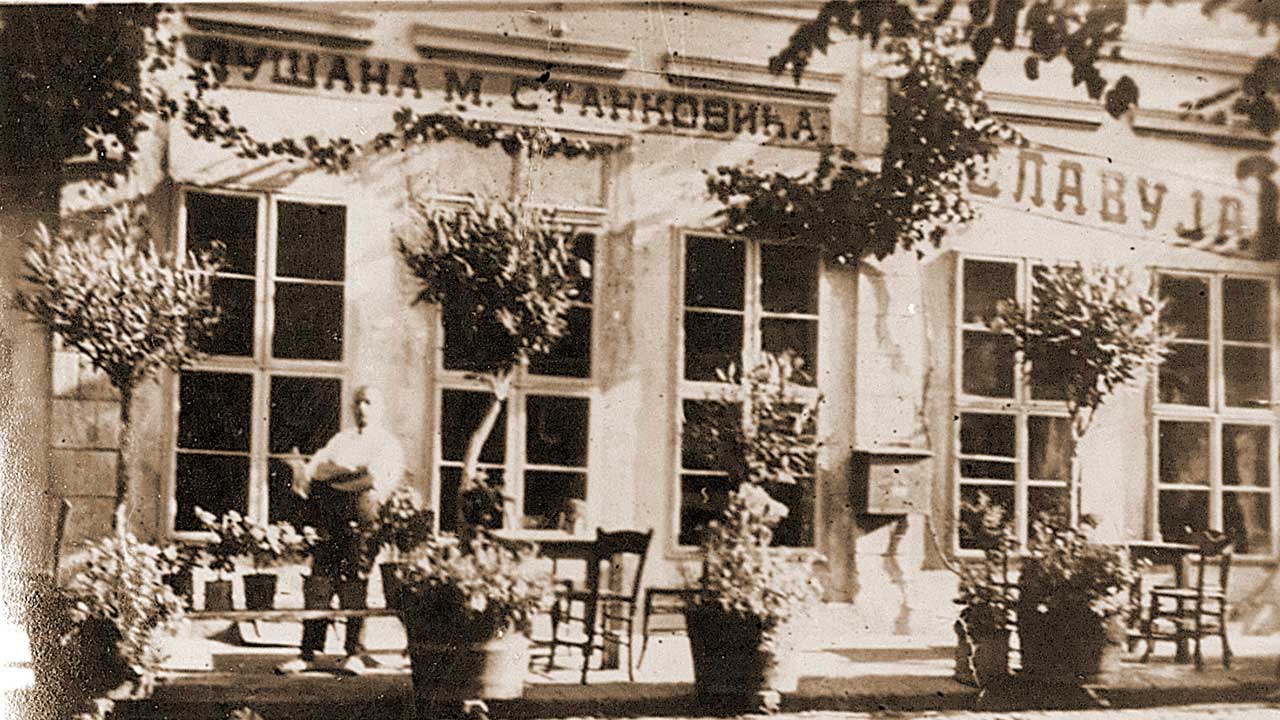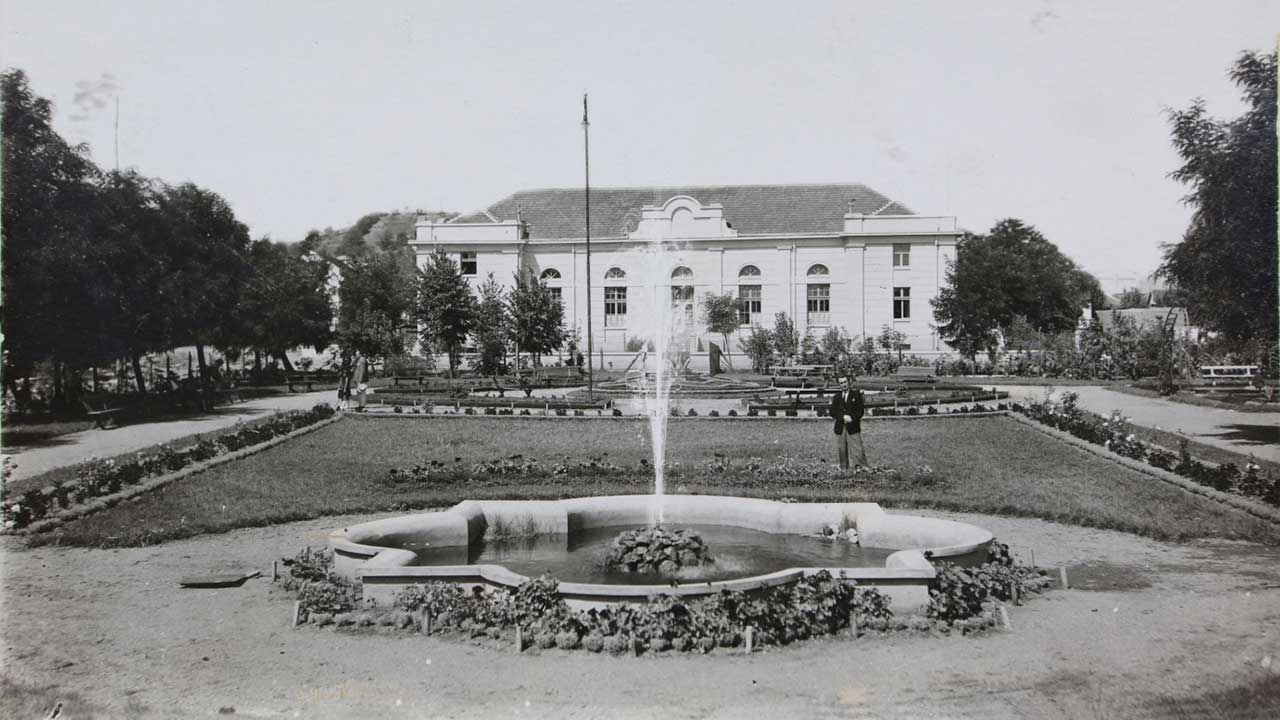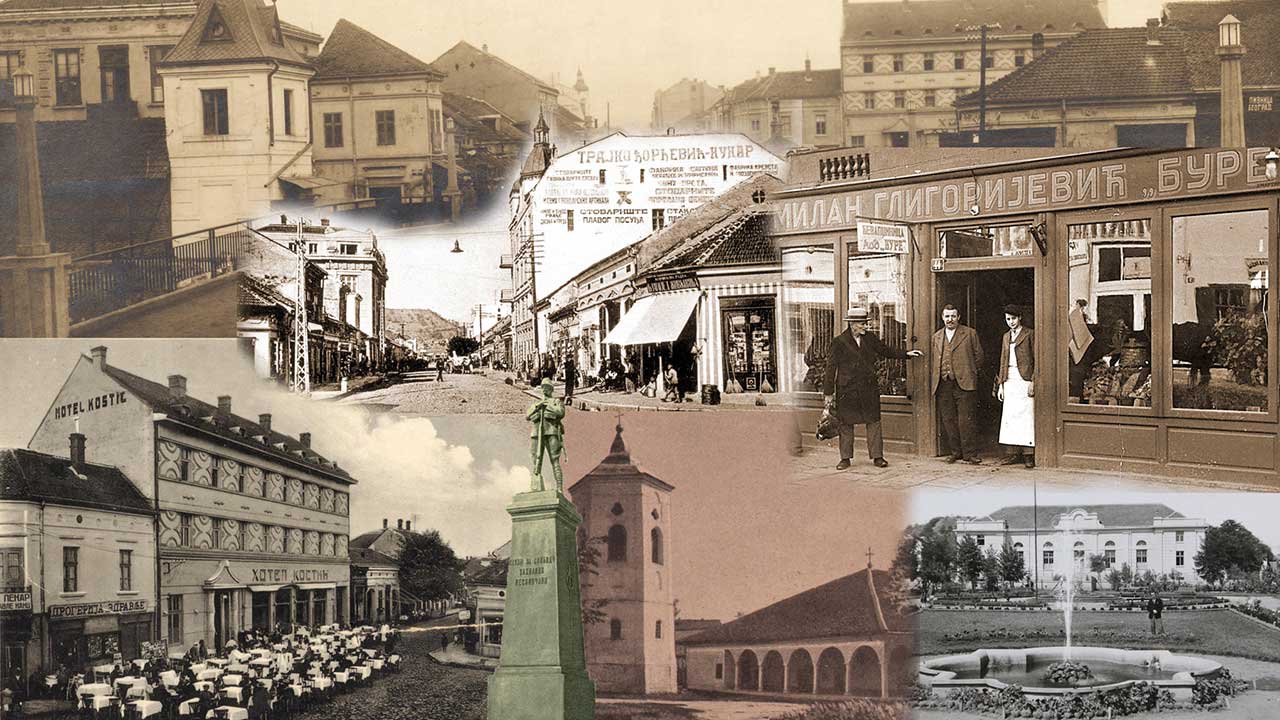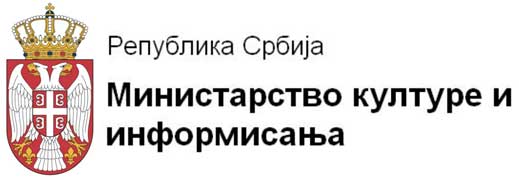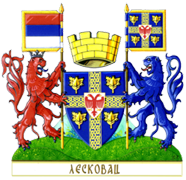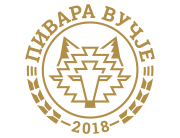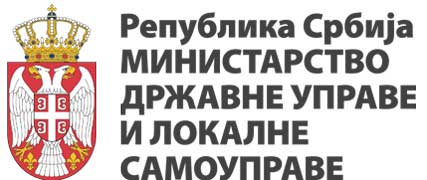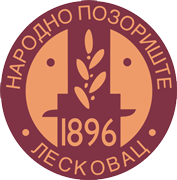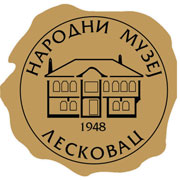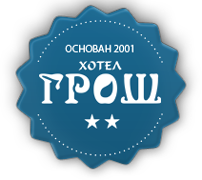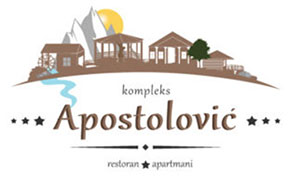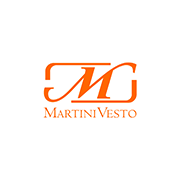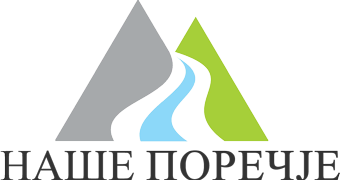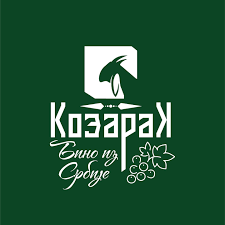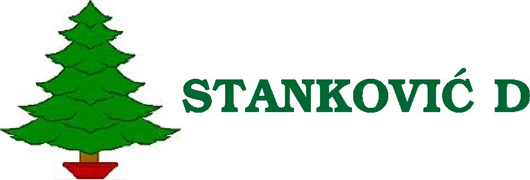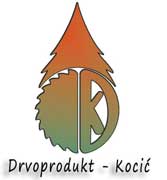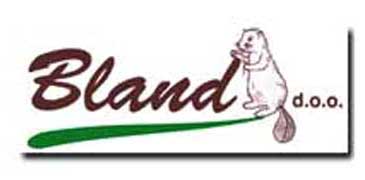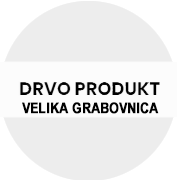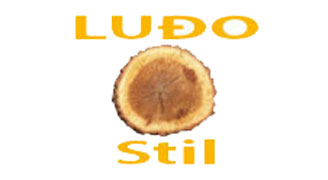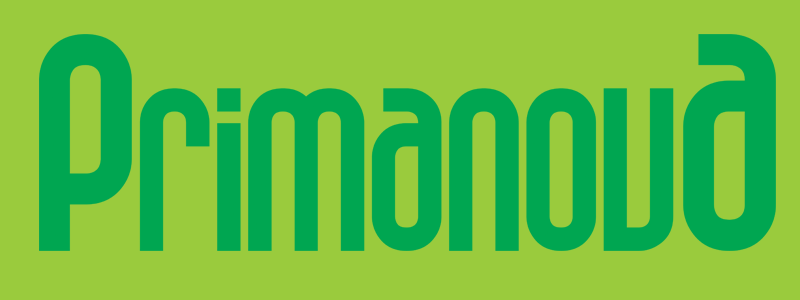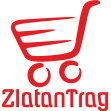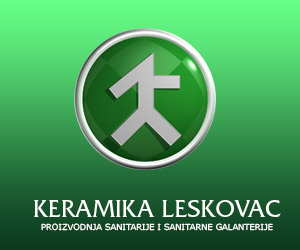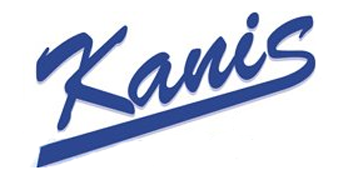The period between the two World Wars represents a time of intensive development as concerns the city of Leskovac. Its urban character is changed; Turkish cobblestones are replaced by cubes and asphalt. The city was expanding; new facilities were being built; the process of converting Leskovac from the Oriental Market into a modern European city with a city centre was accelerating.
Leskovac was engaged in the revision of its true appearance and grew from a kasaba (small Turkish territory) into a modern industrial city which on account of the number of textile factories located on its territory, was dubbed the, “Serbian Manchester.” During this period Leskovac was the centre of the chemical, metal and food industries, as also for handicrafts and trade.
The total wealth of the city was estimated at some several hundred million dinars and it was claimed that Leskovac, by itself could feed seven other cities. The city had developed education, culture, arts, sports and health all of which contributed to making Leskovac into a modern city. At the same time, Leskovac retained its typical appearance that was a mixture between a Turkish kasaba and a modern spirit, winding streets with Turkish cobblestones and the main street with gambling dens, a city which hosted both the Turkish mosque and the new church.
Leskovac, in its golden era was the city of civil party fights, major political events and party struggles during election time; a city of workers and worker strikes.
Leskovac had a long main street with beautiful brick buildings built in times of prosperity. There were three-storey mansions which the citizens called palaces – Kukareva palace consisted of a store and two factories, whose construction began in 1923; the second was the building of Laza Jovanovic, an industrialist, completed in 1927; the third three-storey building belonged to the industrial company of Jovan Vlajcic and was completed in May of 1927. In 1928, the construction of two new palaces began with the building of Hotel, „Kostic,” and the Merchants banks which were completed that same year. At the end the 1930's, three more palaces were built. Tonkic’s palace, one of the most representative buildings erected in the centre of Leskovac and owned by Milan Popovic Tonkic, an industrialist, was built in 1937; and Garetova’s palace, owned by Gavrilo Cvetkovic, “Gare Ersenovce,” which was intended for lease. The third city palace which served for both commercial and residential purposes was the printing office, “Pokret”, whose owner was Nikola Petrovic. It was built in two stages; primarily, the ground floor with the printing
office was originally constructed between 1929 and 1930, and the rest of the building was completed in 1940.
Excerpt from the monograph
“The Golden Era Of Leskovac 1918-1941”
Zvonimir Šimunec
Mira Ninošević
Veroljub Trajković
